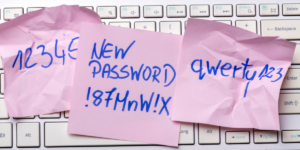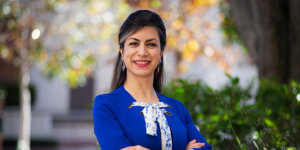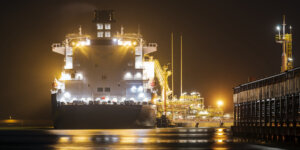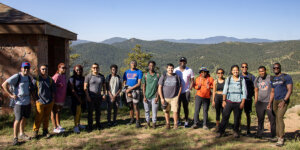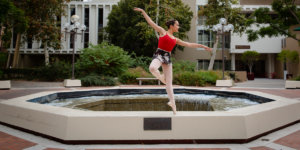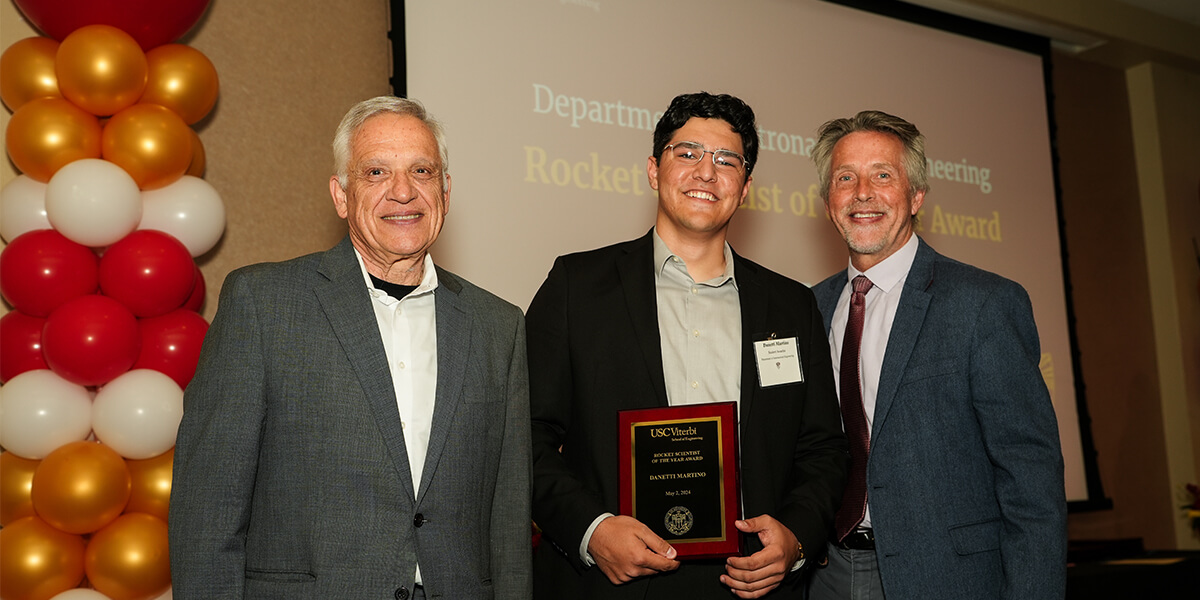
Danetti Martino receives the 2024 USC Viterbi Rocket Scientist of the Year Award. L-R: Dean Yannis Yortsos, Danetti Martino, Professor Dan Erwin
Taking a tour of the Liquid Propulsion Lab (LPL) in the USC Department of Astronautics, you’d be forgiven for mistaking former LPL lead engineer Danetti Martino for a master’s student specializing in the mechanics of regeneratively cooled engines.
In fact, he’s a graduating senior with an academic track record well beyond his years. Add to that, being the first generation of his family to enter higher education, setting a precedent for his younger brother. As he gets ready to enter a stellar career in space engineering, we caught up with Danetti to learn more about his extraordinary story.
What originally inspired you to study astronautics at USC?
I’m a first-generation Latino student – both my parents were immigrants, and I’m the first person in my family to go to college.
I transferred to USC from California State University, Long Beach, after researching student rocketry teams and discovered the incredible track record of USC’s Rocket Propulsion Lab (RPL) and Liquid Propulsion Lab (LPL). These teams offered the best opportunities for what I wanted to achieve as an engineer in astronautics, so I ended up making the move. It was one of the best decisions I’ve ever made.
You took on the role of LPL lead engineer for 2023 – what did that involve?
Without a doubt, I’d say that my involvement in LPL has been one of my key academic achievements – almost all my practical experience and learning of fundamentals stems from working in the lab.
The student-run team focuses on designing, manufacturing and testing liquid rocket engines and liquid rocket engine propulsion components. One of the things that makes LPL so special is our independence as decision makers – faculty members are ready to offer guidance whenever we need it, but ultimately we’re free to make our own choices and learn from errors and successes.
Throughout 2023, I co-directed the lab with master’s student Armen Aroutiounian, and together we led our first static fire testing in over two years. That reorienting of lab priorities to ensure that team members have the chance to experience at least one static fire test per semester was very important to us. While the process of lab work is rewarding in itself, there’s nothing like seeing your engine perform out there in the Mojave Desert.
LPL is typically composed of graduate students – what was it like to be one of the few undergraduates?
It was both an incredible social experience and an academic fast-track. When I joined USC as a transfer student in my sophomore year, it wasn’t easy to quickly form friendships with my undergraduate cohort. But when I joined LPL, I found myself connecting quickly with the master’s students while we worked towards the same goals.
This also had a surprising knock-on effect for my classwork. To learn what I needed to know for the lab, I’d often sit in on classes geared towards graduate students, gaining exposure to graduate level topics from top professors. So when it came time to take an undergraduate fluid dynamics class or compressible gas dynamics class, I was already familiar with the equations and what these fluid and gas phenomena look like in practice. I’m a hands-on learner, so being part of LPL was vital for bringing those classroom concepts to life.
What were some of the innovations that you focused on at LPL?
In prior years, the lab has primarily used the propellant combination of kerosene and gaseous oxygen. So, to stay in line with industry state-of-the-art, we moved towards liquid oxygen as one of our propellants. That involves developing and fabricating two different cryogenic graded fluid systems.
Using a pressurized cryogenic comes with a lot of material considerations and different pressure safety requirements. going through that whole process and learning about how to safely operate a cryogenic liquid fluid system was probably our largest challenge and achievement as a team.
On top of that, we’re one of the first university teams to fire – and most importantly, reuse – a regeneratively cooled engine multiple times. That’s hugely significant from an industry standpoint. Laser powder bed fusion, the novel manufacturing process to create a viable regenerative cooling circuit inside of an engine, is still a relatively new technology.
To fine tune that process and then to demonstrate reusability is a huge deal – leading space providers like SpaceX and Blue Origin are all focusing on reusability, both for the sake of economic and environmental sustainability. To keep up with industry, you need to have a regeneratively cooled engine as the powerhouse for your flight vehicle, and we were able to achieve just that. In fact, there have been instances where representatives from industry have looked to LPL for our research when we’ve presented at conferences.
What’s next for you?
Based on my experience at LPL, I was able to intern at Ursa Major – one of the top U.S. companies that designs, manufactures, tests and sells liquid rocket engines and solid motors. In June, I’ll be moving to Colorado to work for them as a full-time turbomachinery engineer.
And my moonshot goal? I’d love to become a director of turbomachinery or the lead of an engine program – having a role in every aspect of the process and leading a team of talented engineers. Essentially, scaling up what I experienced at LPL – it’s been an amazing launch pad for where I want to go next.
Published on May 8th, 2024
Last updated on May 8th, 2024




